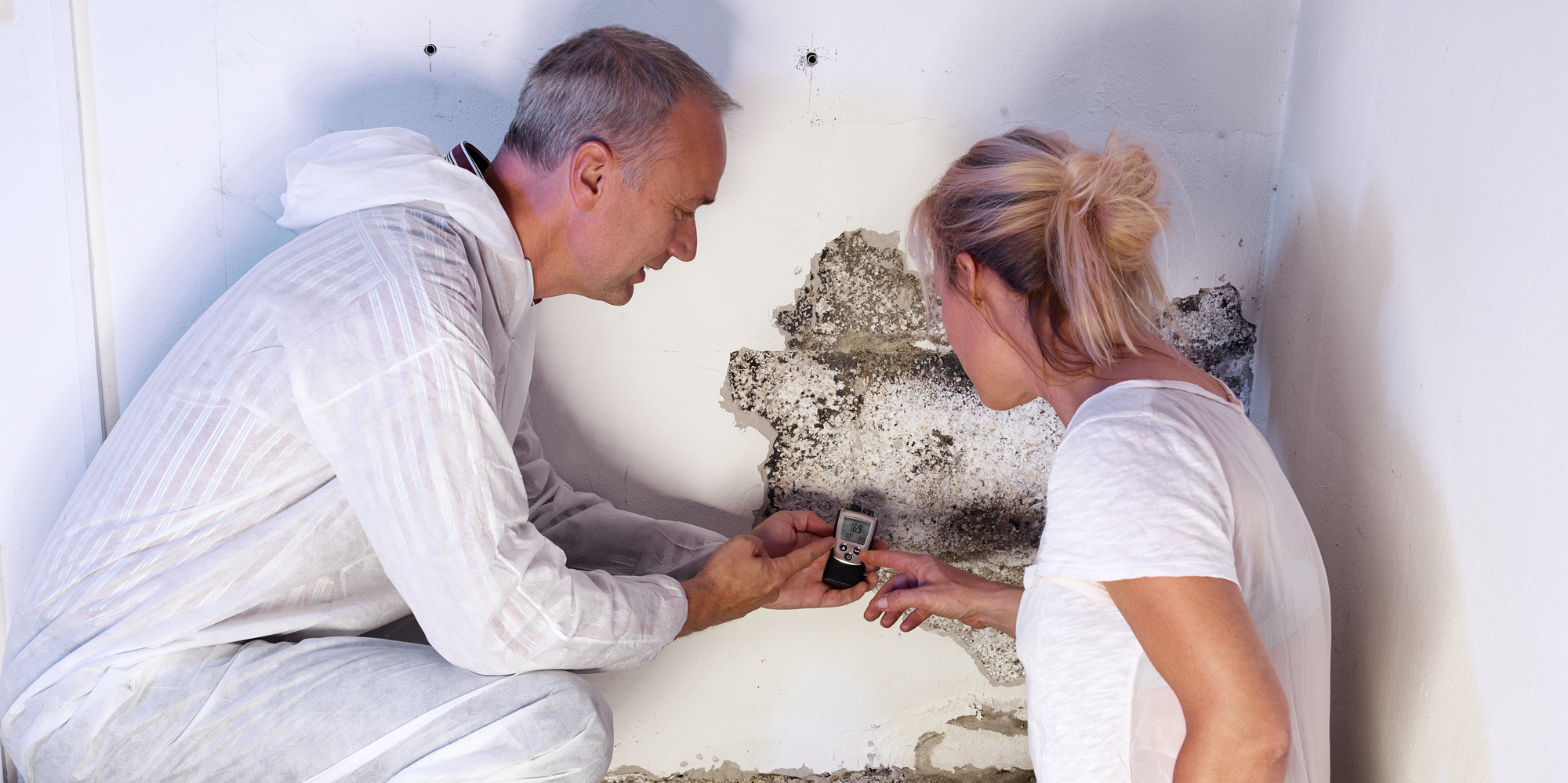Expert Tips for Post Mold And Mildew Removal Success
In the realm of mold remediation, effectively removing mold and mildew is just half the fight; the real challenge hinges on preventing its reappearance. Post-remediation efforts play a vital duty in making certain a mold-free environment in the long-term. By sticking to experienced tips and best practices, individuals can safeguard their spaces against mold and mildew rebirth and keep a healthy and balanced interior environment. It remains in this phase of the removal procedure that attention to information and aggressive actions absolutely make a distinction.
Monitor Moisture Degrees On A Regular Basis
Routine monitoring of moisture levels is important in guaranteeing the effectiveness of blog post mold removal initiatives. After completing mold and mildew remediation treatments, preserving optimum humidity levels is vital to stop mold re-growth and make certain a healthy interior atmosphere. Monitoring humidity degrees allows for very early detection of any spikes or changes that can possibly result in mold rebirth. High humidity levels above 60% develop a favorable setting for mold to grow, making regular monitoring a positive action to avoid any kind of future mold concerns - Post Mold remediation cleaning.
Additionally, developing a routine schedule for moisture checks, particularly in risky locations such as cooking areas, basements, and shower rooms, is a positive strategy to mold avoidance. By consistently monitoring humidity degrees, building owners can properly reduce the threat of mold reoccurrence and preserve a healthy and balanced indoor environment post-remediation.
Conduct Thorough Inspections Post-Remediation
Complying with the conclusion of mold removal treatments, it is critical to carry out thorough evaluations to validate the performance of the remediation process. These post-remediation assessments are critical in ensuring that the mold problem has actually been efficiently addressed and that there is no recurrence or remaining mold growth. Assessments need to be executed by certified professionals who have expertise in recognizing mold and mildew and evaluating indoor air high quality.
Throughout these examinations, numerous approaches such as aesthetic analyses, air tasting, and surface area tasting may be utilized to thoroughly assess the remediated areas. Aesthetic analyses involve a thorough inspection of the premises to look for any visible signs of mold growth or water damages. Air tasting assists in figuring out the airborne mold and mildew spore degrees, while surface sampling can spot mold particles on surfaces.
Implement Correct Air Flow Methods
After ensuring the efficiency of the mold and mildew remediation procedure through complete evaluations, the following crucial action is to concentrate on implementing appropriate ventilation techniques. Ample ventilation is essential in stopping mold and mildew reoccurrence by regulating moisture levels and advertising air blood circulation.
Appropriate air flow not only aids in avoiding mold growth but additionally adds to the overall health and convenience of occupants. By ensuring adequate air flow throughout the building, you can lower the threat of mold and mildew regrowth and produce a healthier living environment.

Usage Mold-Resistant Materials for Repairs
To boost the lasting efficiency of mold remediation initiatives, incorporating mold-resistant materials for repair work is essential in mitigating the threat of future mold development. Mold-resistant materials are made to endure dampness and inhibit mold and mildew growth, making them a necessary choice for locations prone to moisture and moisture. When repairing areas influenced by mold, utilizing products such as mold-resistant drywall, mold-resistant paints, and mold-resistant caulking can help protect against mold reoccurrence.
Mold-resistant drywall is an excellent option to typical drywall in areas like restrooms and basements where wetness degrees are greater. This sort of drywall has an unique coating that resists mold growth even when exposed to damp conditions. In addition, making use of mold-resistant paints having antimicrobial representatives can better hinder mold and mildew advancement on walls and ceilings.
In areas Find Out More where moisture prevails, such as kitchens and shower rooms, utilizing mold-resistant caulking around bathtubs, sinks, and windows can help secure out water and protect against mold and mildew from taking hold in splits and gaps. By buying these mold-resistant products throughout repair work post-remediation, you can substantially decrease the likelihood of future mold and mildew problems and keep a much healthier indoor setting.
Maintain Tidiness and Address Water Issues
After mold removal, it is critical to maintain a clean environment to prevent the regrowth of mold and mildew. Leakages, water breach, or high moisture degrees can develop the perfect breeding ground for mold, so it is important to take care of any kind of water-related troubles immediately.
To maintain cleanliness, consider using HEPA filters in vacuums and air purifiers to trap mold spores and prevent their circulation in the air. Making certain correct air flow in areas susceptible to moisture accumulation, such as restrooms and kitchen areas, can assist keep humidity levels in check. By remaining vigilant regarding cleanliness and dealing with water issues immediately, you can successfully stop mold reinfestation and maintain a healthy and balanced indoor environment.
Verdict

In the world of mold remediation, efficiently eradicating mold and mildew is only half the battle; the true difficulty lies in stopping its reappearance. After finishing mold and mildew removal procedures, maintaining optimal humidity levels is vital to protect against mold re-growth and ensure a healthy indoor setting. High humidity levels over 60% create a conducive environment for mold to flourish, making regular checking an aggressive measure to avoid any kind of future mold problems.
To improve the lasting performance of mold remediation efforts, including mold-resistant products for fixings is essential in minimizing the danger of future mold and mildew growth. look here After mold and mildew remediation, it is essential to keep a tidy environment to prevent the regrowth of mold.
Comments on “Locating Post Remediation Inspection Near Me Providers”